Lily Gladstone: What The Killers Of The Flower Moon Star Did Next
Her performance in Martin Scorsese’s Killers Of The Flower Moon saw Lily...

Her performance in Martin Scorsese's Killers Of The Flower Moon saw Lily Gladstone become part of a global conversation – and got her a groundbreaking Oscar nomination. As she tells us, though, she's only just getting started...
Lily Gladstone has been putting her feet up.
You’d be forgiven for assuming that Gladstone — the first Native American actress to have been nominated for an Academy Award — has a lot on her plate. And she has, but at home in Seattle, post-Oscars, she’s spent some well-earned time on the sofa, specifically watching The Bear Season 2. She’s not likely to be hanging around watching Carmy in his Chicago kitchen for too long, though.
After her staggering, soulful performance as Mollie Burkhart, the beleaguered woman at the centre of a vast murder plot in Martin Scorsese’s epic drama Killers Of The Flower Moon — and the Oscar nomination to go with it — there are few Hollywood career trajectories more exciting.
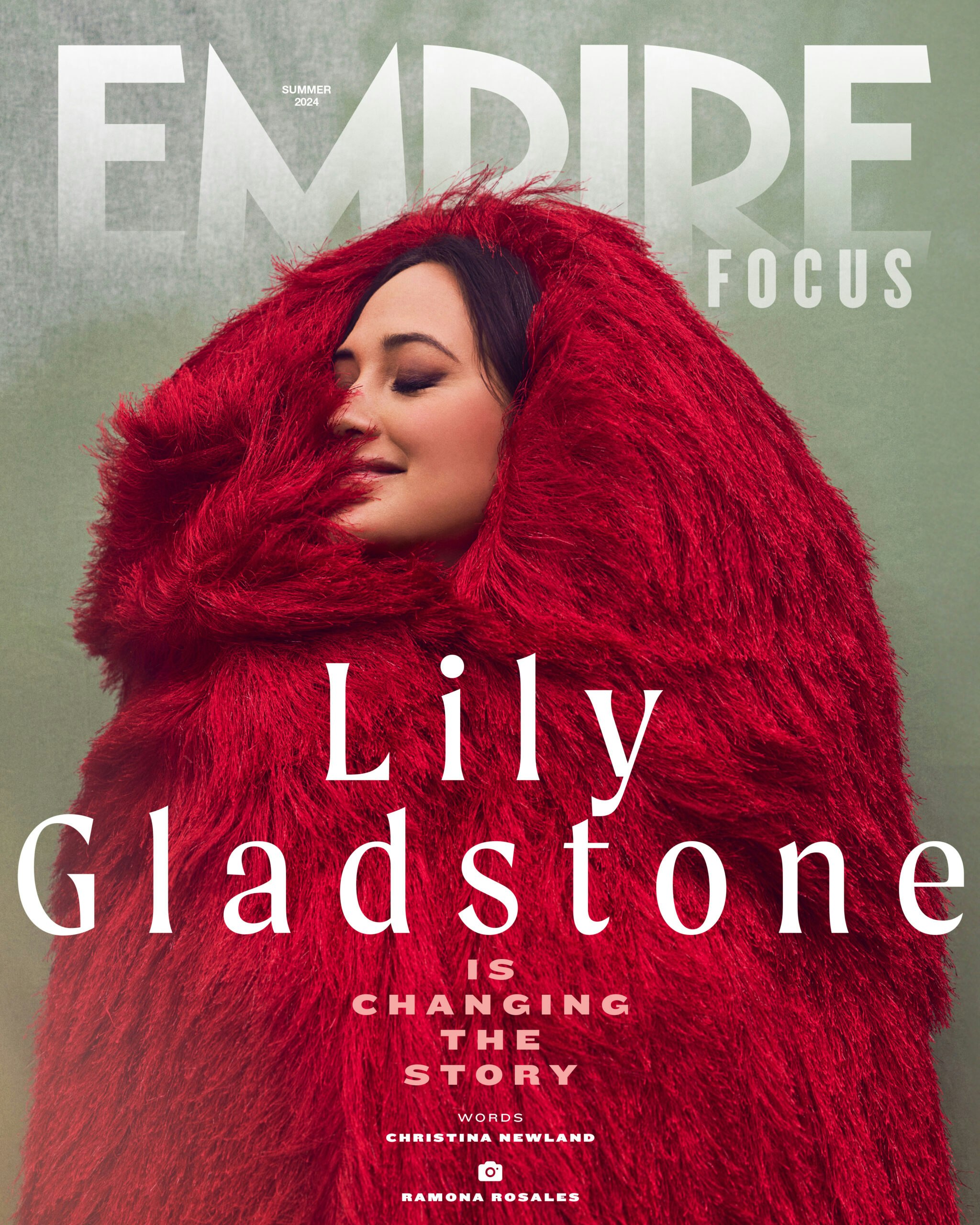
But Gladstone, an indigenous actor born and raised on a Blackfeet reservation in Montana, hasn’t courted glory so much as built a résumé on integrity and unshowy talent. Her work with the likes of Kelly Reichardt (on Certain Women and First Cow) gives an idea of her sensibility.
Gladstone’s next film stands perfectly in line — and in dialogue — with her tastes and interests. Fancy Dance, a debut indie from Native writer-director Erica Tremblay, follows Gladstone as the down-and-out Jax, as she and her tween niece desperately search for her missing sister. Made in the terrible shadow of the many missing and murdered indigenous women in North America, Fancy Dance is an insightful story of modern reservation life, named for the traditional dance done at tribal-nation meet-ups known as pow-wows. Killers Of The Flower Moon and Fancy Dance, although vastly different in style and scope, offer insight into the marginal histories — and contemporary wounds — of Native American experience.
So: yes, sure, Gladstone has been taking it easy, but she’s about to get busy again. As she tells us straight after our photoshoot, she’s getting back to work. And she has a lot to do.
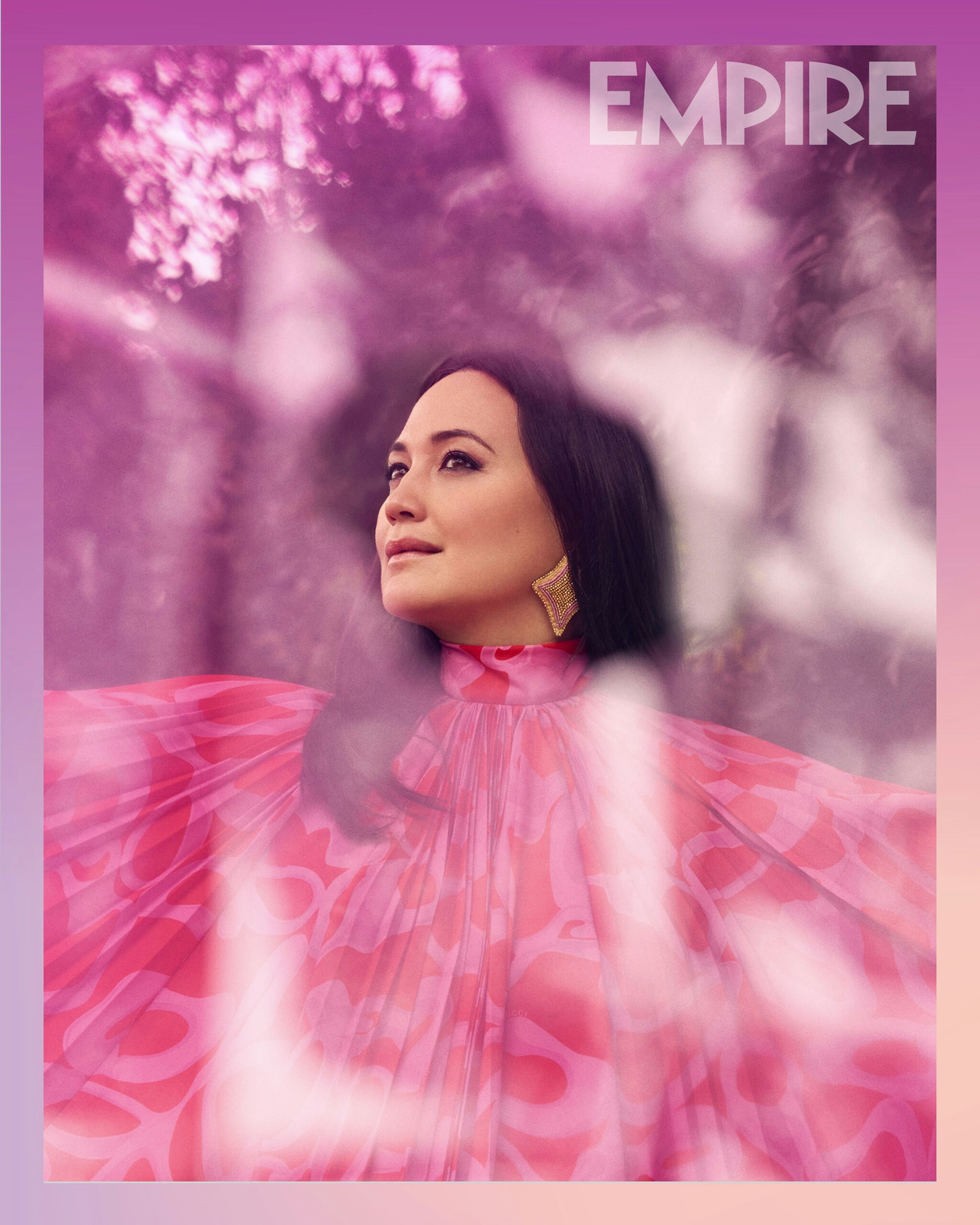
What have you been doing since the Oscars?
Well, I got to have this beautiful trip home. My tribe, the Blackfeet Nation, is a part of a confederacy. And the whole confederacy came together for a Lily Gladstone Day. It was the biggest honour anybody could get. The confederacy decided together that they wanted to do it. It was a beautiful homecoming, and I could see my old house, the house I was brought to as a baby, right across from me. Two thousand people showed up, from every corner of the US. It was absolutely one of the most moving things that has ever happened in my life. Getting to witness what the impact [of Killers Of The Flower Moon] was, going home to Montana and really having this moment shared by my tribe... it was amazing.
When you came home to your family and close friends, did you find that people were angry or disappointed about the fact you didn’t take home the Oscar? (Emma Stone won, for Poor Things.)
No, not at all. It was funny, the organisers of the event called me beforehand and they said that they’d got a bunch of little cardboard cut-outs of gold-man statues that looked like an Oscar, to give to the kids. They asked if that was okay, or if it was gonna hurt my feelings. I said: “No, absolutely not.” That’s just the whole thing of award campaigns and the competitive nature of pitting art against art. Clearly this film, in this moment, had meaning. It did its job.
But yeah, nobody was upset that it didn’t happen. I feel like when the Golden Globe happened (she won Best Actress), a lot of people who are very far away from the industry just kind of thought it was the Oscars. It’s about the fact that [the film has] been awarded and it’s historic, and it’s still just a really meaningful moment. So it’s irrelevant whether or not I walked home with that statue in hand.

Do you think in practical terms that awards make a difference to the kinds of projects you might want to make in the future?
I mean, regardless of how things turned out, I have work coming out and I have work lined up. And I have this beautiful film Fancy Dance queued up. I was just so grateful knowing that — especially because Killers Of The Flower Moon opened up this space on-screen. And now audiences want to see and fall in love with us. The whole time, Fancy Dance was waiting to find a [distribution] home and I was hearing the people who saw it on the festival circuit saying that it really goes in tandem with Killers. These two films work together.
Let’s talk about Fancy Dance, and your character, Jax, who is trying to protect her niece and find her missing sister.
I always reference something that Erica [Tremblay, the director] and I talked about, which is that this is Thelma & Louise, or Paper Moon, just in a different world. And Jax is a person whose actions are borne out of necessity. Her past transgressions were done to keep her family afloat. When you’re growing up in Indian Country — though it’s different depending on each tribal nation — by and large, where I grew up, there were very few economic opportunities. In Jax’s case, selling weed was keeping her family afloat. She did what she needed to do — especially because their father bounced. These two women were raising her niece together with what they could. But we also see Jax has tried to distance herself from that transgression. I’ve known several people who reached the point where they realised they could shape the world for their kids and introduce them to the traditional ways.
"As long as we Native performers are out there, and doing it, it's activism"
There’s also the fact that Erica made this film where Jax and her niece Roki [Isabel Deroy-Olson] speak in Cayuga, as a real love letter to language revitalisation, because in reality there are only about 20 to 22 first-language native Cayuga speakers left on the planet. There aren’t women and girls Jax and Roki’s age — unless they have gone to a language revitalisation programme — who speak it. But creating a world where you see Cayuga spoken fluently in the home, because they want to, that’s one we want to see.
Tell me about the dancing element of the film. Obviously it’s a part of the pow- wow, which is a big plot point, but you studied ballet when you were a little girl, so you have a personal relationship to dance as well.
The fancy dance is a celebration of each other, and a celebration of life. The one thing I always heard was: we dance for those who can’t. Your ancestors, your babies, the elders, the ones who can’t dance for themselves. When I was young I did women’s traditional, which is a different kind of dance, but it’s the happiest I think I’ve been. Ballet, dance, movement, performance — it is the bedrock of why I love to perform. It lends itself to film and you have a sense of the economy of movement, and you know how far a gesture can go.
And we would have our pow-wows in the summer, on Blackfeet Indian days: that’s when we would dance. My parents moved back to the reservation because they wanted me to be born there and to be raised there. That was in the beginning of July, and I was born in the first weekend of August, so my mom was pretty far along with me. And my mom says when she stood up on Indian Day and went to the arbour, and the big drum started going, I started kicking in motion to it.
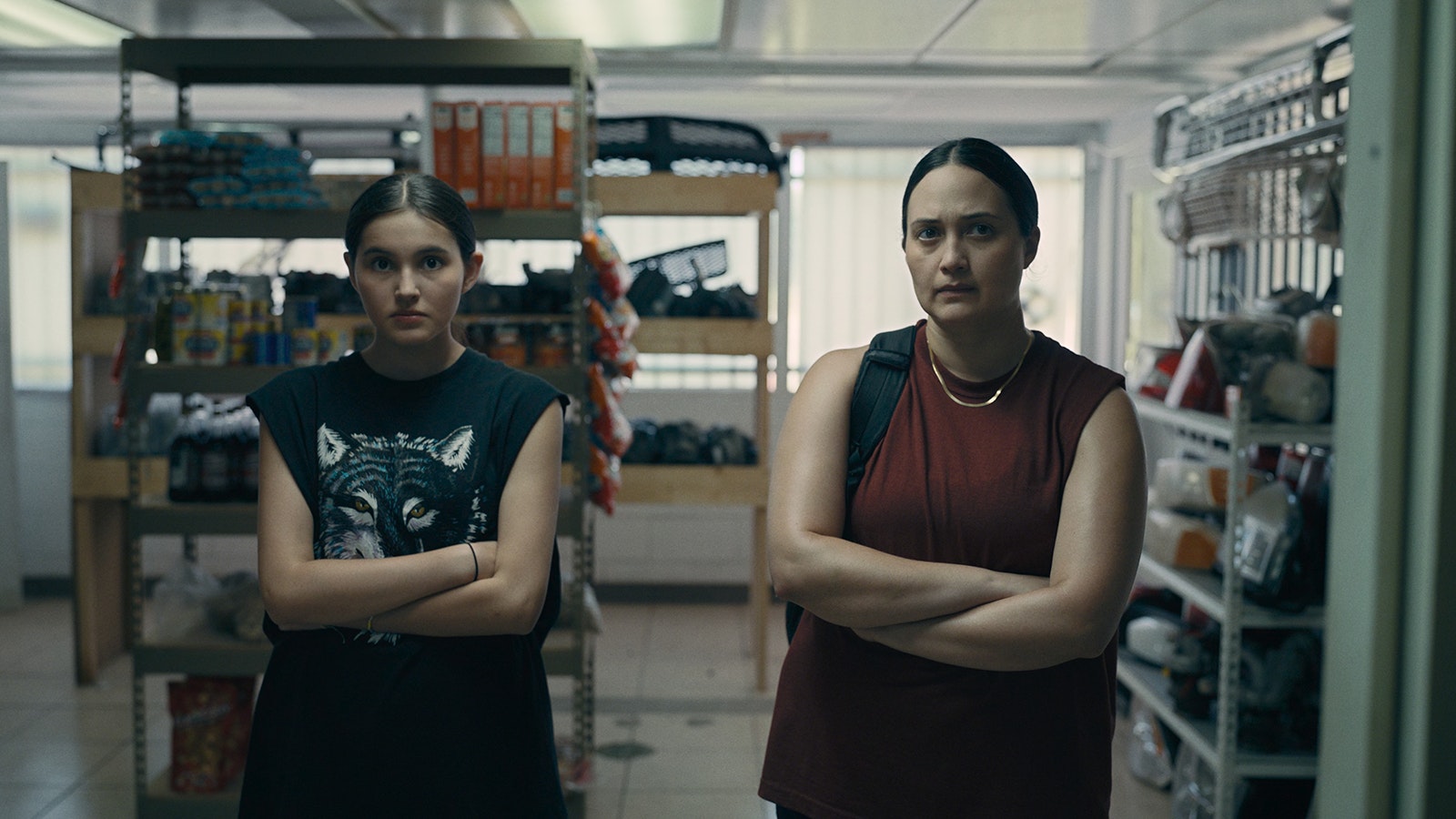
You have previously said that as a young actor, you didn’t want to go out to New York or LA, because you felt you wouldn’t fit into most casting pools. How different is that now?
It’s changed so much. Of course, having a lead role in a Scorsese film is going to change any actor’s career. But it’s remarkable hearing that one of my favourite Native authors has something in development for a series or a film. Or walking into a studio meeting and the studio pitching an action film or a romantic comedy to me without ever saying it’s a Native character, or being done about Native Americans. It’s just as an actor. So I think a lot of us just have more opportunity, and there’s more hunger to see stories about our lived experience as indigenous people. I’m so excited for whatever version of me — and whatever younger versions of the actors who paved the way. I’m excited for that res’ kid who has a dream and thinks, “Maybe I can move to LA or New York and there’ll be a place for me.”
What do you enjoy watching or taking in, in terms of film, TV, books, in your spare time?
Right now, Boots Riley’s I’m A Virgo. And The Bear Season 2. But honestly, I want to start finding things that are similar to what I like, so I guess Letterboxd will let me plug in some filmmakers I like.
Is there a Lily Gladstone Letterboxd account? Pretty sure the internet would go wild over this.
There is not. Not even a burner account. I keep seeing Ayo Edebiri pop up on there, and she is hilarious. She makes me want to be on there. There’s no-one like Ayo, she is a treasure.
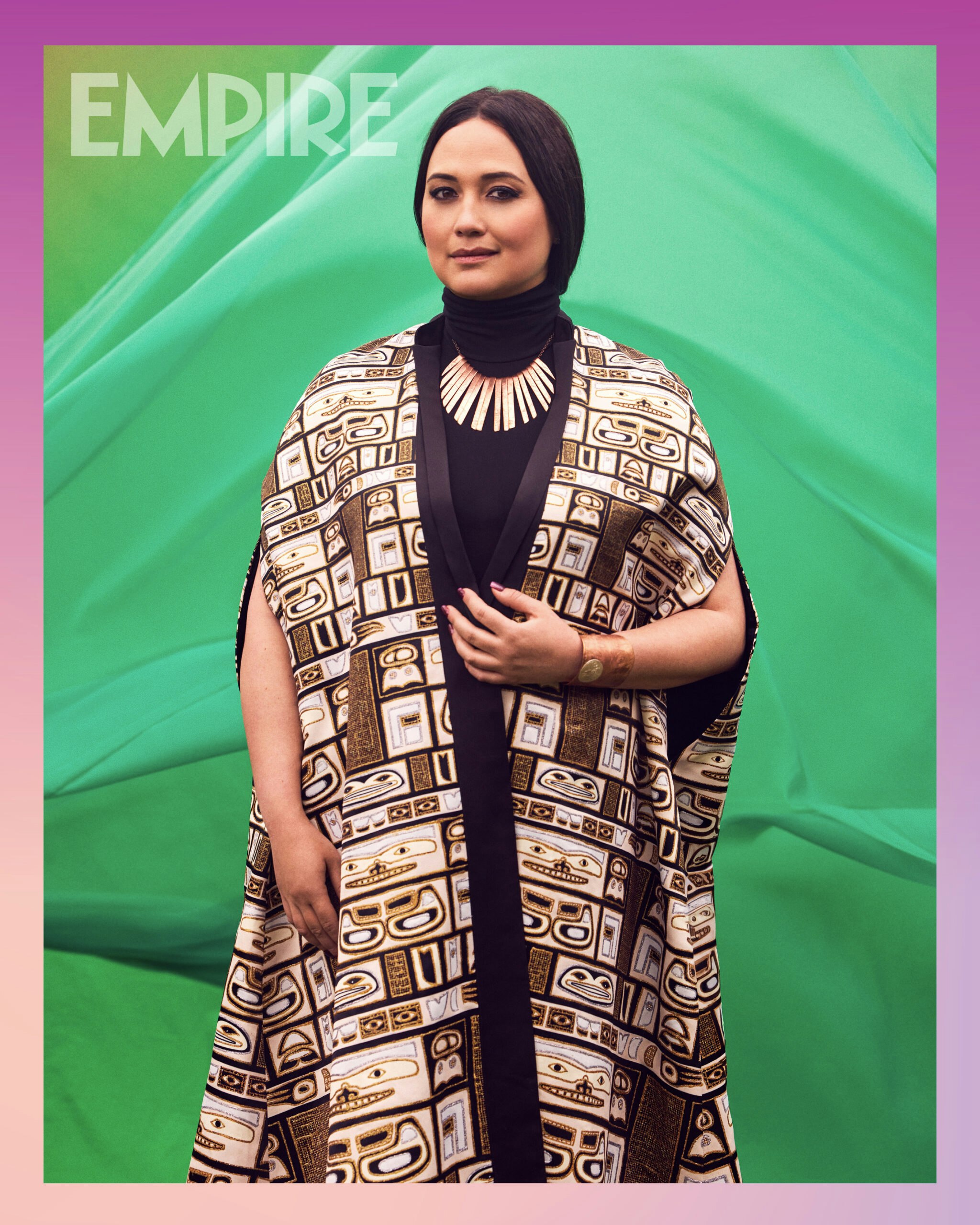
On the subject of your fellow actors, you seem to make great friends with many of your co-stars. You and Leonardo DiCaprio have a lovely rapport on screen and off. That’s not always a necessity for an actor, but do you think it’s a part of it for you?
One of the things about great directors is that they know how to cast people, or intuit that people will have a certain rapport or chemistry. There are days on set where I need to be fully immersed in my character, or the mood, or I’m going to get completely knocked off my horse. But by and large I kind of like saving it for the camera. So I like to have fun on set and it’s important that it be a positive place and camaraderie forms. Erica and I did the same on Fancy Dance. Leo and I had never met before working together, but once we were comfortable we just immediately found a rapport and now we’re good friends. Same with Isabel [Deroy-Olson] in Fancy Dance. She’s my niece now. Really meaningful relationships form this way. I work with the same directors a lot. Advice I always give to young actors is to work with people you like; work with your friends. This is the life you’re choosing, so make it fun.
Have you ever considered writing or directing?
I don’t think I have the focus to do it at this current time in my life, but it is something I’ve been asked about lately. One of my aunties told me she can’t wait to see that from me. She said she wants to see my writing and directing, and she said, “We need our Martin Scorsese too, and I think you’ve got what it takes to do that,” which is like... wow, that’s a huge compliment. I’m really inspired by working with the community and fostering inspiration. So at some point, yeah, that could very well be in my future.
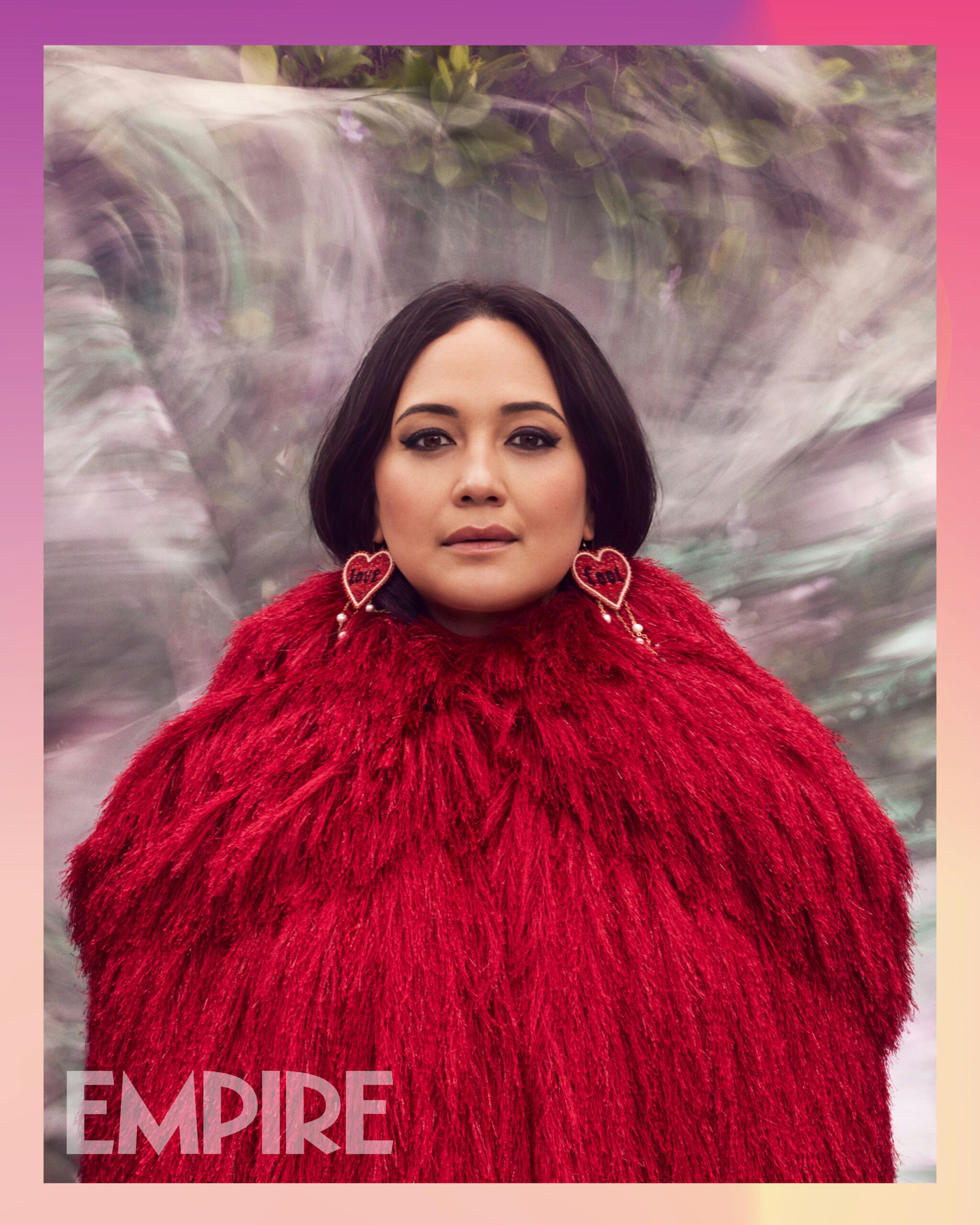
May I ask about the type of projects you’ve been offered post-Killers, and whether you’ve seen a noticeable difference in them? What are you looking for when you read scripts?
I love writers who are very inventive; the kind of films I like to watch are quirky. I’m so excited about the project I was offered [The Memory Police] that was adapted [from Yoko Ogawa’s 1994 sci-fi novel] by Charlie Kaufman. He’s my favourite screenwriter. I loved getting a call from [director] Reed Morano [about it], who I just fell in love with immediately, and hearing a story which I’m excited about as an artist. It’s a decentralised indictment of totalitarianism, authoritarianism, and fascism, but in a very Charlie Kaufman way. It’s a beyond-my-wildest-dream thing that’s coming true, getting to jump into this process. And I’m doing an ensemble romantic comedy — it’s deeply indie, which I love — which will be announced very soon.
I am having conversations about doing things that have some levity, because while I want my work to be meaningful, I really like getting creative and going against the grain. I like black comedy. Before it’s all over, it would be really fun to do an action film. It’s all of the things you dream of for yourself when you first become an actor, but unless they were looking for someone Native, I didn’t see myself getting to play those characters. There’s way more diversity in the things I’m being approached for now and what I’m being offered.
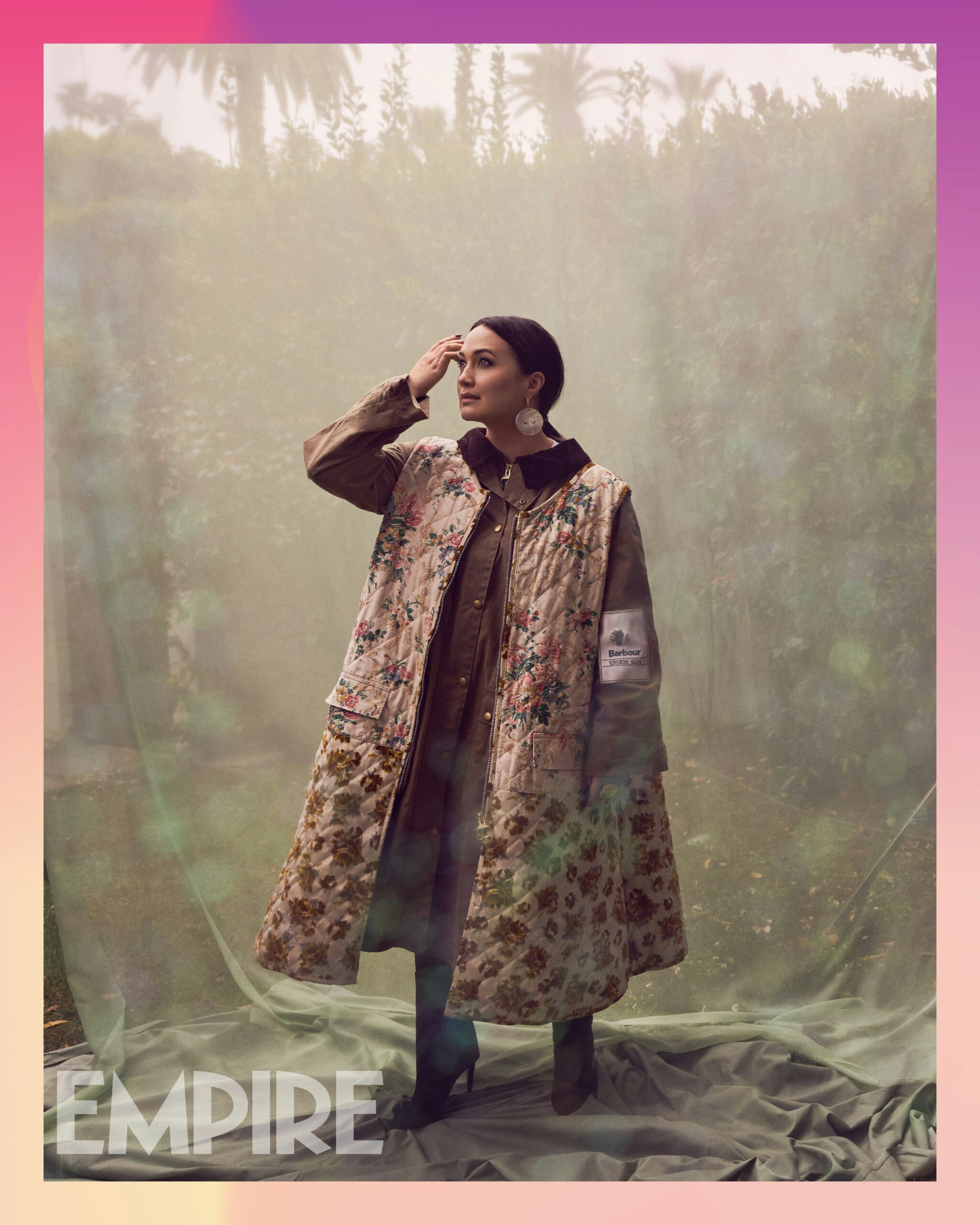
Do you think that the art you’re interested in making will always be tied, in some way, to activism?
There are overt ways art can be activism: bringing to light some social inequity or raising awareness about a marginalised history. And a good part of my acting life was committed to bringing acting technique to the community, for grounding, for self-expression, for finding an artistic voice, and strengthening your power and influence in the world, especially with Native youth.
When I was a kid, any representation that was there, you’d cling to it. There are debates now in Indian Country that Grogu is indigenous, but what tribal nation would he belong to? Native performers are showing up in any role in any genre or budget. We’ve got people doing grounded, textured indies, and we’ve got Marvel superheroes — the performance Alaqua Cox gave in [Disney+ Marvel series] Echo. I think that as long as we’re out there, and we’re doing it, it’s activism. If you break it down, 95 per cent were wiped out. We’re the ones who are still here. So in any form we pop up in, and any story we tell... it’s changing people’s perception. Art gives us a framework to understand society.
Fancy Dance is in cinemas and on Apple TV+ from 28 June. Photography by Ramona Rosales.
What's Your Reaction?























